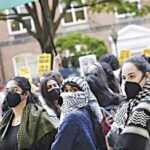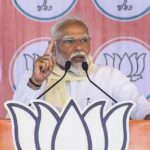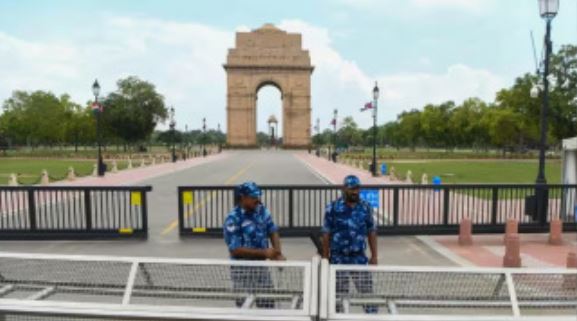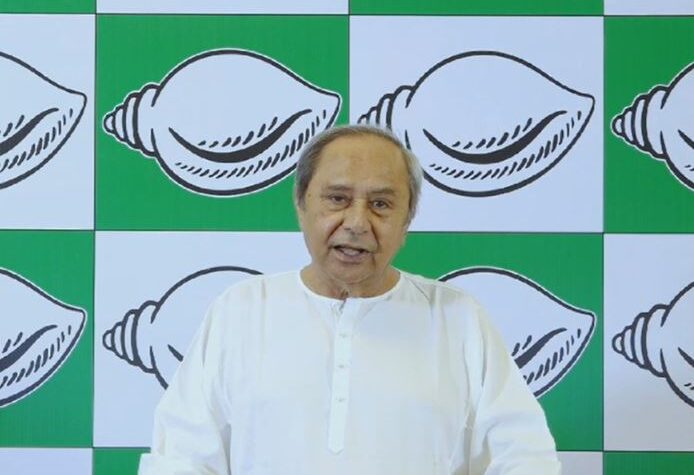New Delhi: The post-Diwali air quality in Delhi – at 12.30 pm the AQI was 305 – is better than it has been in the past six-seven years but it remains in the “very poor” category, a senior member of the government’s Commission for Air Quality Management said Monday. CAQM MemberSecretary Arvind Nautiyal said average AQI, or air quality index, readings for the day before, during, and morning after Diwali were around 220, and that this jumped to 300+ this morning. He attributed this to firecrackers; on Sunday tens of thousands across Delhi and the National Capital Region flouted Supreme Court orders on the bursting of crackers, specifically those containing polluting substances. The slightly improved postDiwali air quality was due to favourable weather conditions, including light rainfall on Friday, Mr Nautiyal pointed out, explaining that it had helped cleared the toxic smog blanket choking Delhi. The change was small – from nearly 500 Thursday evening to 407 the following morning – but it was significant and helped (perhaps) limit damage caused by firecrackers and other polluting activities, such as farm fires. The latter also saw a massive spike in Punjab on Diwali day. “This year, fortunately, meterological and climatic conditions were favourable. So, on the day before Diwali, average AQI was 220. If you see in absolute terms, this is the best in the past six-seven years. The favourable conditions also helped on Diwali morning but in the evening, and if you see today also, there were more polluting activities, like bursting of firecrackers, the AQI worsened and we were over 300,” Mr Nautiyal said, adding, “So we are still, in absolute terms, in AQI category of ‘very poor’.” On Sunday Delhi recorded its best Diwali day air quality – the AQI was 218 – in eight years. This figure was 312 last year, 382 in 2021 and a frightening 414 in 2020. It touched an extremely unhealthy high of 431 in 2016, according to Central Pollution Control Board data. However, as the evening came and people burst firecrackers, the city woke to a blanket of toxic smog and lungkilling pollutants. PM2.5 levels – a particulate that affects lungs and causes major respiratory issues – jumped 140 per cent between 7 am Sunday and this morning; on Sunday the PM2.5 level was 83.5 and 24 hours later – after the city was covered with acrid smoke from bursting firecrackers – it was over 200. PM10 pollutant levels also spiked and overall pollution levels crossed 500 at most places in the city during this period, according to data from the CPCB. Websites that monitor AQI in real time showed several places in Delhi, including the popular Lajpat Nagar market area, even reported readings above 900. AQI readings between 0-50 is ‘good’, while 51-100 is ‘satisfactory’ and 101- 200 is ‘moderate’. Anything above 301 is ‘very poor’, anything over 401 is ‘severe’ and readings over 450 are ‘very severe’. For context, the World Health Organization says PM2.5 levels should not cross 15 micrograms per cubic metre of air in a 24-hour period. Delhi, where the air quality ranks among the worst in the world’s capital cities, was cloaked in a thick blanket of smog with severe pollution levels for a week since October 28. The government had to shut schools and ban diesel trucks in view of the pollution, though it stopped short of enforcing the odd-even rule.
Exclusive
Breaking News
 Columbia University aakes back Deadline set for Protesters to Leave Campus
Columbia University aakes back Deadline set for Protesters to Leave Campus
 BJD Releases List of 3 Candidates for Odisha Assembly Elections
BJD Releases List of 3 Candidates for Odisha Assembly Elections
 Low vision clinic inaugurated at AIIMS Bhubaneswar
Low vision clinic inaugurated at AIIMS Bhubaneswar
 Urban education programme comes in handy for Odisha’s tribal, dalit kids
Urban education programme comes in handy for Odisha’s tribal, dalit kids
 Now country ‘aatank’ struggling for ‘aata’: PM
Now country ‘aatank’ struggling for ‘aata’: PM






More Stories
Columbia University aakes back Deadline set for Protesters to Leave Campus
BJD Releases List of 3 Candidates for Odisha Assembly Elections
Low vision clinic inaugurated at AIIMS Bhubaneswar